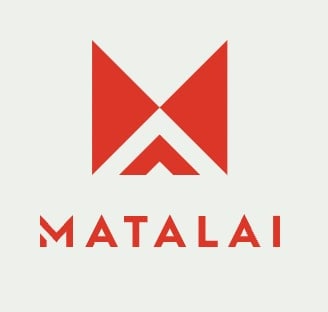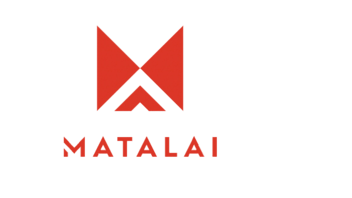
The Hidden Economics of Conservation: Making Every Dollar Work Harder for Africa’s Wildlife
Last updated on 24th January, 2025
In recent years, conservation has seen a revolution in the use of data and technology. GPS collars track wildlife movements, drones monitor illegal activities, and advanced software analyzes ecosystem health. These tools have transformed how success in conservation is measured. However, while data-driven approaches have revolutionized wildlife monitoring, the operational efficiency of conservation efforts remains a significant challenge.
Conservation projects in Africa face high operational costs, including Jet A1 fuel for aerial patrols, heavy-duty tires for vehicles, and specialized equipment for monitoring wildlife. These essential resources consume large portions of budgets, yet projects that purchase independently miss the opportunity to save costs through aggregated buying power.
Financial inefficiencies extend beyond procurement:
• Conservation organizations often receive donations in US dollars but operate in local currencies, losing 3-5% of international donations to suboptimal foreign exchange (forex) transactions.
• Insurance premiums fail to reflect the reduced risks demonstrated by data on operational safety.
• Basic expenses, such as vehicle maintenance, telecommunications, and administrative systems, often lack optimization strategies that are common in other sectors.
Real-world figures illustrate the scale of the challenge:
• $500,000 annually is often spent on fuel by a single conservation project.
• $1 million or more is consumed by vehicle maintenance across multiple projects.
• Inefficient forex transactions can lead to significant losses of critical funding.
The solution lies in applying the same rigor of operational efficiency to conservation management that is already used in wildlife monitoring. By leveraging collective purchasing power, optimizing currency exchanges, negotiating insurance rates using data, and streamlining administrative processes, conservation organizations could redirect millions of dollars from operational overhead to direct conservation efforts.
This approach isn’t about cutting corners—it’s about cutting waste. Every dollar saved on operations is another dollar available to protect Africa’s wildlife and wild spaces. With conservation funding becoming increasingly scarce, operational optimization is not just an opportunity—it’s an obligation.
The tools and expertise exist to make this shift. What’s needed is a coordinated effort to bring modern business efficiency to conservation operations. Africa’s wildlife deserves nothing less than the most effective use of the resources dedicated to their survival.
Sources:
• Conservation funding and operational cost analysis reports (2022–2023).
• Case studies on conservation project expenditures in sub-Saharan Africa.
• Financial efficiency audits conducted by conservation organizations.
17 Kloof Street, Cape Town 9009, South Africa
info@matalai.com
+27 (0) 21 362 1891
Matalai 2024. All rights reserved.


